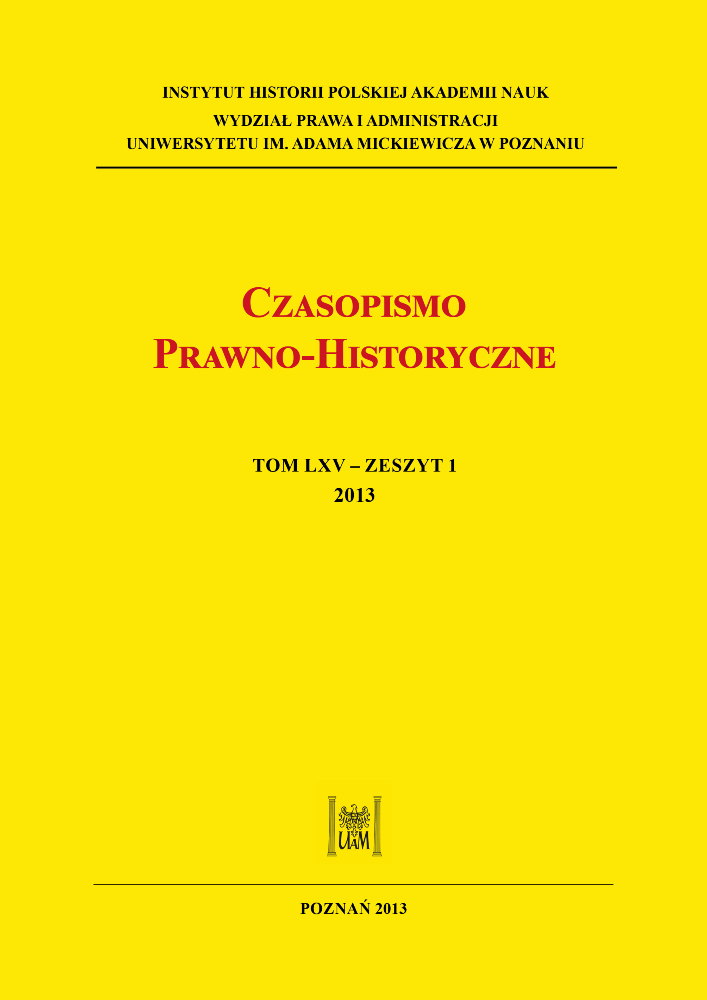Abstrakt
This paper discusses the legal situation of German and Polish ethnic minorities in Upper Silesia, which was divided between Germany and Poland in the wake of uprisings (1919-1921) and the plebiscite of March 1921. The discussion concentrates on the provisions of the Upper Silesia Convention (known also as the Geneva Convention) concluded by the German Reich and the Republic of Poland for fi fteen years under the auspices of the League of Nations in May 1922. Emphasis is laid on the main provisions, including the so-called fundamental rights of minorities (Art. 64-68), which were meant to ensure equal treatment and free development in the spheres of language, education, religion, etc. to ethnic minorities. The discussion also touches upon other issues – which were not fully regulated by the Convention – concerning the interpretation of the term ‘ethnic minority’ at the League of Nations and other organisations and institutions (Inter-Allied Mixed Commission for Upper Silesia), as well as in the prevailing legal opinions in Germany and Poland at that time. On the example of the views of such jurists as Bruns, Flachtbarth, Walz, Cybichowski, Kierski and Kostanecki, arguments and controversies are shown which surrounded the criteria for defi ning ethnic minorities. Over this matter two views clashed. The fi rst and more popular held a person to be member of an ethnic minority if he or she expressed their bona fi de will to be counted as one (subjective criterion). The second was based on the assumption of objective membership in an ethnic minority (criteria of language, religion, culture and tradition). In the author’s opinion, the Upper Silesia Convention contributed to the reduction of ethnic tensions in the area where it was enforced.
Licencja
Copyright
© 2013 Wydział Prawa i Administracji UAM w Poznaniu
OPEN ACCESS




